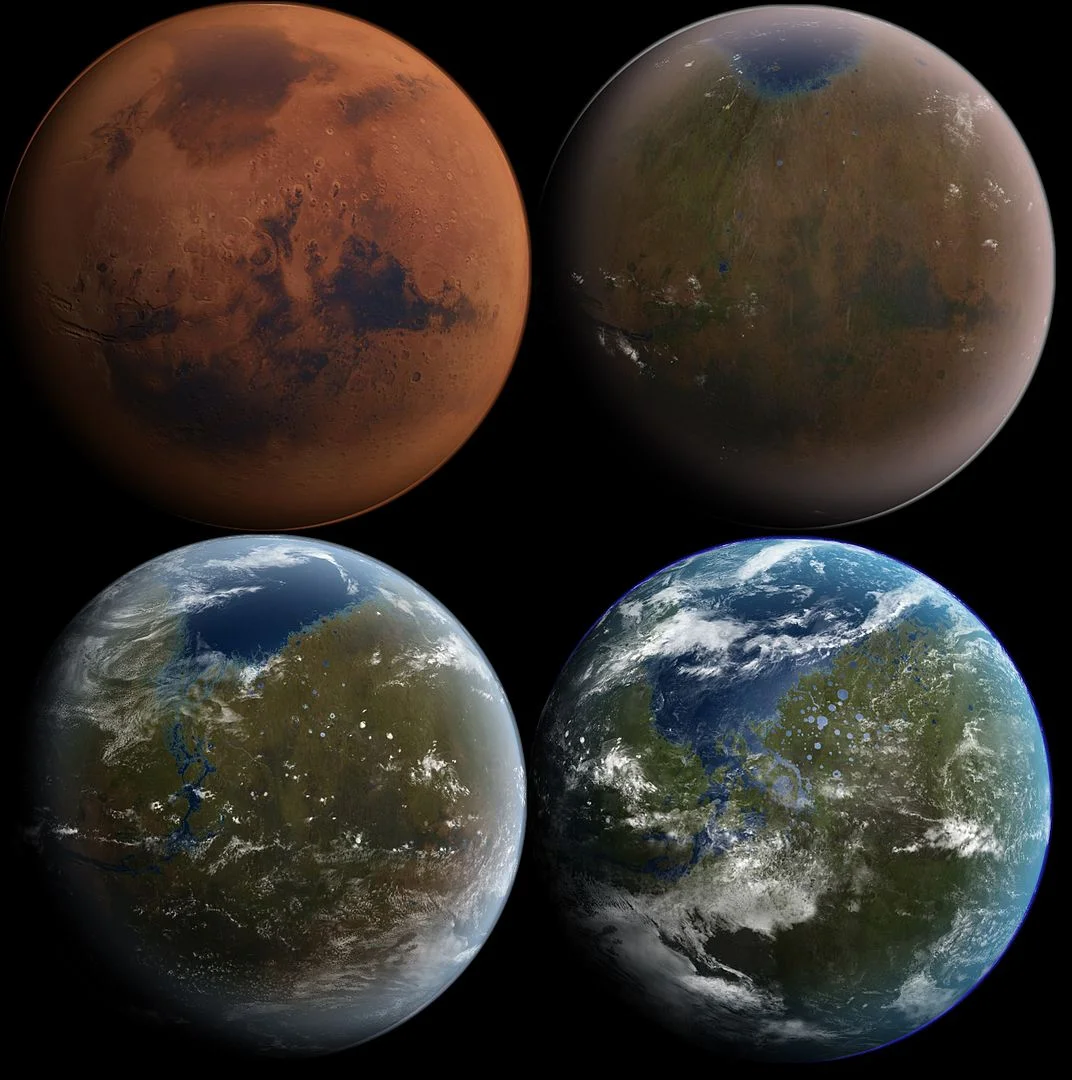
Is Terraforming Mars Closer Than We Thought? New Research Sparks Hope
The dream of turning Mars into a second Earth, a process known as terraforming, has long been relegated to science fiction. However, new research published in Nature Astronomy is reigniting the conversation, suggesting that recent advancements in technology and scientific understanding may bring this ambitious goal within reach. But is it just a pipe dream, or could we actually make the Red Planet habitable for humans?

The original study, led by Erika Alden DeBenedictis from Pioneer Research Labs, points to significant progress in three key areas: improved climate modeling and engineering, breakthroughs in understanding extremophilic organisms (life that thrives in extreme conditions), and perhaps most crucially, advancements in space technology like SpaceX's Starship. These advancements have drastically altered the landscape of what's possible.
Nina Lanza, a planetary scientist at Los Alamos National Laboratory and co-author of the Nature Astronomy paper, emphasizes the importance of this fresh perspective. "Believe it or not, no one has really addressed whether it’s feasible to terraform Mars since 1991,” she said. “Yet since then, we’ve made great strides in Mars science, geoengineering, launch capabilities and bioscience, which give us a chance to take a fresh look at terraforming research and ask ourselves what’s actually possible.”
The research outlines a three-phase approach. The short-term vision focuses on warming Mars by at least 30°C using methods like solar mirrors and engineered aerosols. The mid-to-long term involves introducing pioneer species engineered to withstand Martian conditions, initiating ecological succession and potentially producing oxygen. The ultimate goal: a breathable atmosphere.

A major game-changer is the potential for significantly reduced payload costs to Mars thanks to SpaceX's Starship. This could dramatically decrease the expense associated with transporting the necessary materials and equipment.
Of course, the ethical considerations are paramount. What about potential indigenous Martian life? The research underscores the need for thorough investigation before any large-scale terraforming efforts begin.
Interestingly, this research isn't just about Mars. Technologies developed for Mars habitation, such as desiccation-resistant crops and improved ecosystem modeling, could have significant benefits for planetary sustainability on Earth. As the study states, “Mars terraforming research offers a vital testbed for planetary science, potentially validating theories or exposing knowledge gaps…Continued research promises significant scientific progress, regardless of whether full-scale terraforming occurs.”

While the complete transformation of Mars may take hundreds of years, this renewed focus on terraforming research could unlock invaluable insights for both Mars and Earth. Is this the dawn of a new era of interplanetary possibilities? Could technologies for terraforming other worlds help us to better protect our own? Share your thoughts in the comments below!